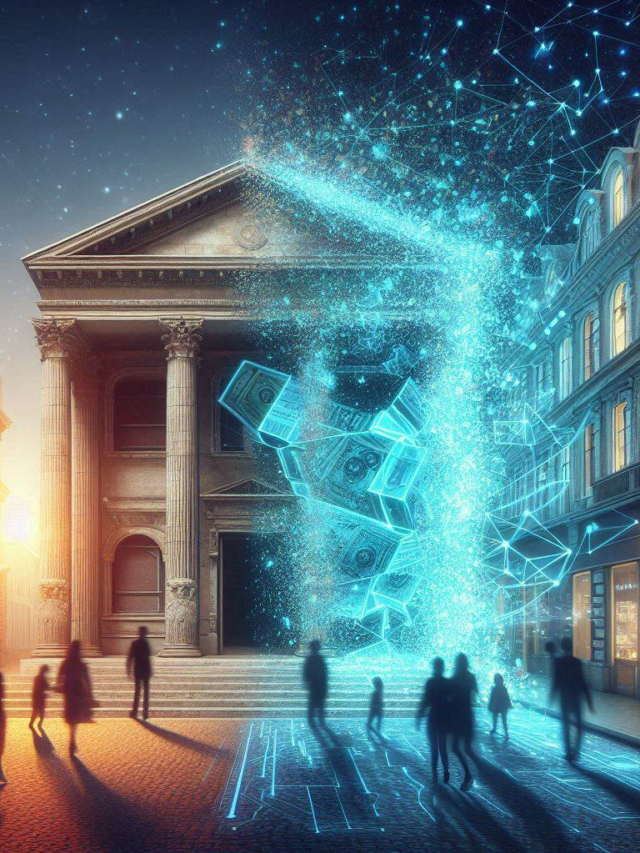Google’s Agent2Agent (A2A) protocol is designed to facilitate communication and collaboration between AI agents. By enabling these agents to work together toward common goals, A2A simplifies the complex integration often required in AI applications. This guide provides a beginner-friendly overview of A2A, covering its relationship with the Model Context Protocol (MCP), how to implement A2A in projects, and its core features. With backing from major tech partners, A2A serves as a universal translator for agents, promoting easier interoperability. It empowers developers to create dynamic multi-agent systems, enhancing productivity while maintaining security and privacy standards. As interest in A2A grows, it heralds a new era for AI collaboration and innovation.
Google Launches Agent2Agent (A2A) Protocol for AI Collaboration
In early April 2025, Google introduced the Agent2Agent (A2A) protocol, a groundbreaking solution aimed at improving collaboration among AI agents. As AI technology continues to evolve, the need for seamless communication between different AI systems has grown significantly. A2A serves as a unifying framework that allows AI agents to work together more efficiently, much like a common language for diverse systems.
What is A2A?
The Agent2Agent protocol facilitates communication between various AI agents, enabling them to align and work towards shared goals. Think of it as a translator that breaks down barriers between different AI frameworks and applications. This way, even if agents are built by different vendors or utilize various technologies, they can still collaborate effectively.
Key Features of A2A
A2A is based on four primary capabilities that make communication between AI agents possible:
- Client Agent: This is the main AI agent that manages tasks and communicates with other agents.
- Remote Agent: This agent accepts tasks from the Client Agent and executes them.
- Capability Discovery: A2A allows agents to showcase their abilities through "Agent Cards," which describe what tasks they can perform.
- Task Management: A2A ensures that all agents involved in a task stay in sync, improving overall efficiency.
How A2A Works
With A2A, agents can follow a client-server model similar to how websites communicate using HTTP. Here’s a simplified process of how it unfolds:
- Discovery: When a user requests assistance for a project, the Client Agent identifies Remote Agents equipped for the task based on their Agent Cards.
- Task Initiation: The Client Agent assigns specific jobs to the Remote Agents, prompting them to take action.
- Processing: Remote Agents complete the assigned tasks and may ask clarifying questions if need be.
- Multi-Turn Conversations: If further information is required, agents exchange messages to provide necessary details.
- Completion: Once the task is done, the Remote Agent returns the outcome to the Client Agent.
A2A and MCP: Complementary Technologies
While A2A focuses on agent-to-agent communication, the Model Context Protocol (MCP) connects agents to data sources and tools. Together, they create a harmonious environment for AI development. This duality allows organizations to harness the power of AI effectively while ensuring that individual agents can still leverage specialized tools.
Security and Ecosystem
Designed with enterprise security in mind, A2A utilizes opaque agents, meaning agents disclose their capabilities without revealing their internal workings. Additionally, each agent can specify authentication methods, making integration secure and streamlined.
A2A has already gained traction, with over 50 technology partners supporting its implementation. It’s integrated into Google Cloud platforms, providing an accessible entry point for developers.
Looking Ahead
The future looks promising for A2A. As it gains adoption, we can anticipate pre-packaged teams of specialized agents for various industries, paving the way for a new era of collaborative AI. With the ongoing evolution of A2A and MCP, companies can expect a more standardized and secure framework for AI integration.
For more information about the A2A protocol and other AI-related updates, don’t hesitate to follow us on LinkedIn.
What is the A2A (Agent2Agent) Protocol?
The A2A (Agent2Agent) Protocol is a communication framework that allows different software agents to talk to each other. These agents can be programs or apps that work together to share information and complete tasks more efficiently.
How does the A2A Protocol work?
The A2A Protocol works by setting rules for how agents send and receive messages. When one agent needs help or information, it sends a message through the protocol to another agent. The second agent then processes this request and sends back a response, making it easy for agents to collaborate.
What are the benefits of using A2A Protocol?
Using the A2A Protocol can improve speed and efficiency in operations. It helps different software agents interact without human intervention, which can lead to faster decision-making and error reduction. This means tasks can be completed more quickly and accurately.
Who can use the A2A Protocol?
The A2A Protocol can be used by businesses, software developers, and anyone who wants to improve communication between their apps or systems. It’s especially useful in environments where different applications need to work together seamlessly.
Is A2A Protocol secure?
Yes, the A2A Protocol can be secure. It often includes measures to ensure that data transferred between agents is protected. This can include encryption and authentication techniques, helping to keep information safe from unauthorized access.





